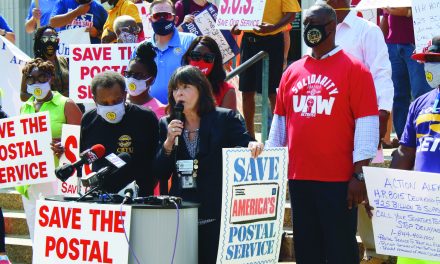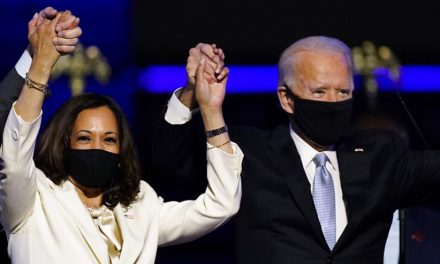“We should be paying public school teachers a minimum of at least $60,000 a year,” Senator Bernie Sanders (I-VT) said at a February town hall at the Capitol with national teachers’ union leaders. “I am proud to tell you I will soon be introducing legislation to do just that.”
“If we can provide over a trillion dollars in tax breaks to the top 1 percent and large corporations, please don’t tell me that we cannot afford to make sure that every teacher in America is paid at least $60,000 a year.”
Participating in the ‘Respecting our Teachers Town Hall,’ American Federation of Teachers President Randy Weingarten and National Education Association President Rebecca Pringle, Senator Ed Markey (D-MA) and Sanders were joined by a panel of schoolteachers to discuss the challenges they and school systems across the country face, including low pay in retaining staff.
According to Education Week, the average starting salary for teachers is less than $42,000 a year.
Sanders, who chairs the Senate Health, Education, Labor, and Pensions Committee, said his Pay Teachers Act would triple funding for low-income schools, “ensure all starting teachers across the country are paid at least $60,000 a year,” and boost the salaries of those “who have made teaching their profession—working on the job for 10, 20, 30 years.”
A similar bill introduced before the U.S. House of Representatives would incentivize states to raise teacher pay, setting a minimum salary of $60,000. The American Teacher Act, introduced by Rep. Federica Wilson, D-Fla., and referred to the House Committee on Education and the Workforce in early February, would incentivize states and school districts to increase the minimum K-12 teacher salary to $60,000 and provide yearly adjustments for inflation through new federal grants.
“Teachers are nation builders,” said AFT President Weingarten. “We are the pillars of democracy. We prepare our kids to be caretakers of tomorrow’s environment. We prepare the sparks that ignite innovation; we prepare the tenders of global relationships; we prepare the guardians of our prosperity; we prepare the creators of our arts. It’s important to place a value on what teachers do. … Frankly pay is a way to do that.”
“What we have across this country is a shortage of professional pay for our educators,” said NEA President Pringle. “We have a shortage of basic dignity, a shortage of respect for the people who have dedicated their lives to educating America’s students—which means we have a shortage of people who are willing to take on the immense responsibility without the requisite recognition of the critical role they play in our society and in this democracy.”
## By the Numbers
According to the US Census, in 2019, the average earnings of elementary and middle school teachers with a bachelor’s degree or more who work full-time, year-round was $53,800. For high school teachers, it was $57,840.
These earnings fall short of what their similarly educated peers earn:
– Biological scientists ($69,880)
– Urban and regional planners ($79,790).
– Physical therapists ($81,580).
– Statisticians ($96,320).
Just over one-half of elementary and middle school teachers and 58% of high school teachers also have a graduate degree. They still earn less ($61,130 and $64,340, respectively) than that of other equally educated workers.
For example, at least one-half of the workers in these occupations have a graduate degree, but they earn more than teachers:
– Judicial law clerks ($77,960).
– Biological scientists ($76,260).
– Geoscientists and hydrologists ($111,100).
In addition, teachers earn less than workers in some occupations with a much lower percentage of advanced degrees:
– Human resources workers (19.4% with a graduate degree; $77,430).
– Accountants and auditors (27.4% with a graduate degree; $84,050).
– Registered nurses (12.6% with a graduate degree; $82,210).
During his Town Hall, Senator Sanders reiterated “raising teacher salaries to at least $60,000 a year and ensuring competitive pay for all teachers is the most important steps we can take to address the teacher shortage in America and to improve the quality of our public school systems.” ■






